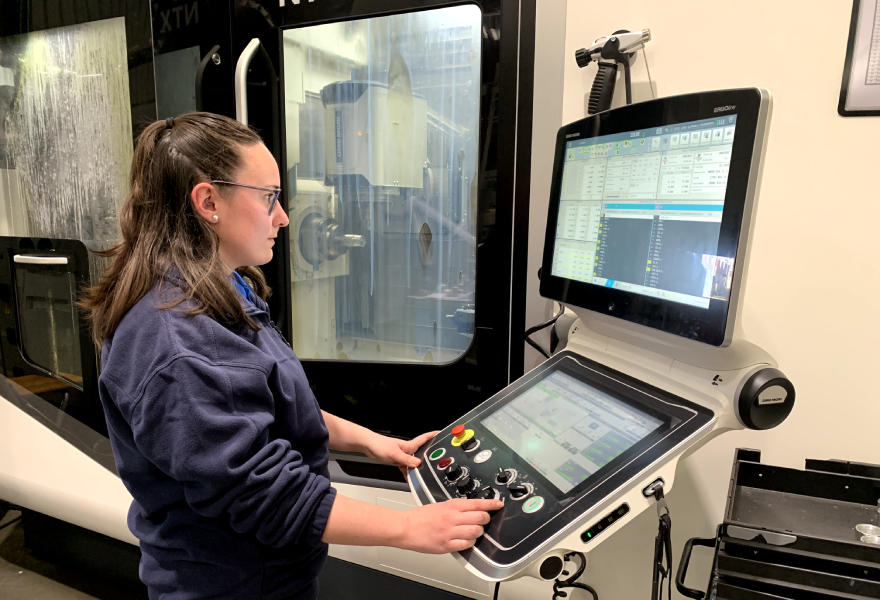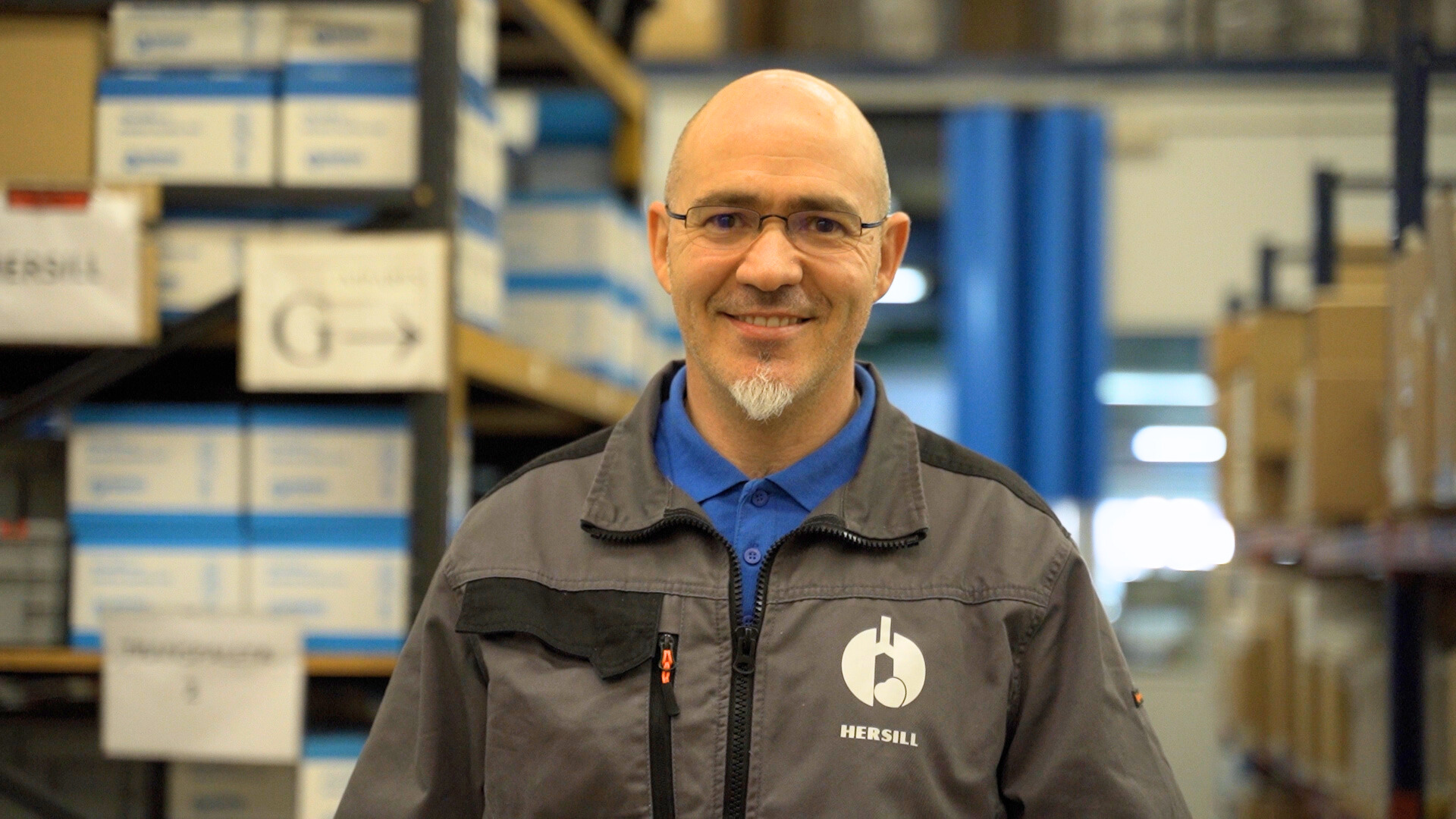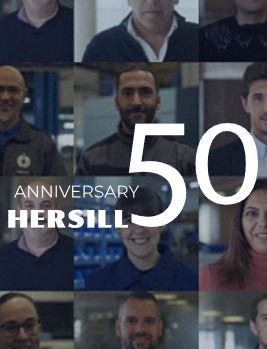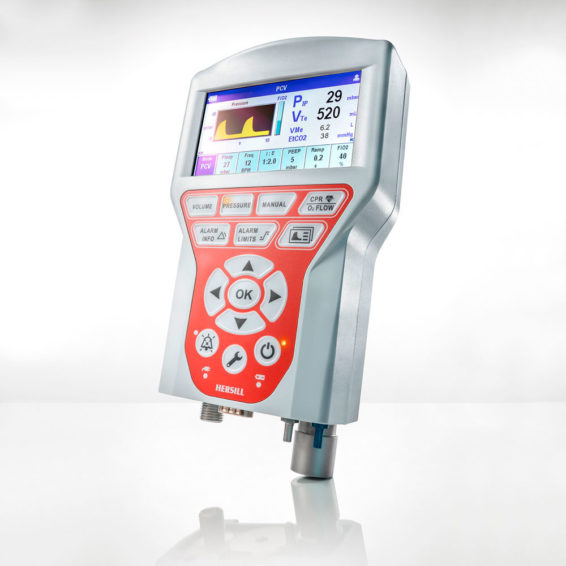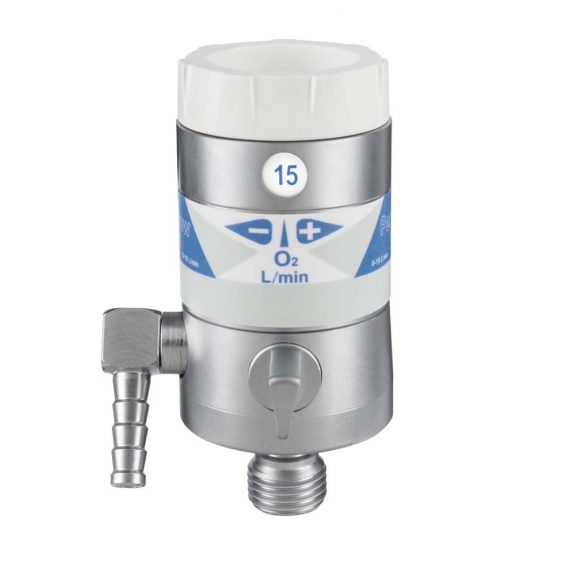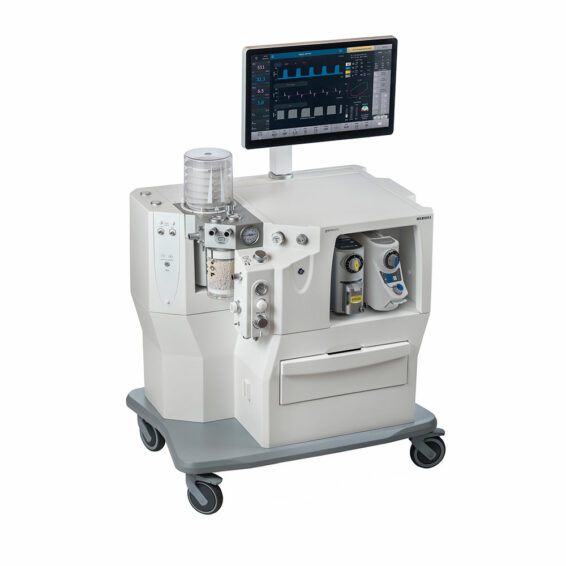HERSILL | NEWS | UPDATES |
We spoke with Trinidad Garcia, the first woman in the Lathe area, and with the director of the Department, Urbano Rebollo.
There is still a long way to go towards equality between men and women in general and in STEM professions. For every nine men studying a career in these fields, there is only one woman, according to a report presented in 2023 by Esade and carried out with the support of Banco Santander.
The gap is particularly marked for computer science (only 14.9 per cent of enrolments are girls) and engineering (26.5 per cent), although in life sciences they account for 61 per cent of all enrolments and in nursing 82 per cent.
Overall, men are 1.8 times more likely to work in STEM jobs than women, according to data from the Global Gender Gap Report published by the World Economic Forum. This reality clashes with the opinion of experts, who say that integrating them into these professions would boost innovation and open up new prospects for tackling current and future challenges.
Trinidad, an example of integration
An example of the necessary presence of women in technology professions is Trinidad García, who has been working at HERSILL, in the Lathe area, for four years. Their job is to check the proper functioning of the machines and verify that the parts that are manufactured are correct, with the measurements that are set out in the drawings. She is the first woman to hold this position in the company.
“Women in the engineering sector represent a large minority, although there has been some improvement in this area for some time and their incorporation has been growing. In my particular case, I think I have been given the opportunity to prove my worth in this job and it is fortunate that at HERSILL my professional quality is valued regardless of my gender,” he explains.
“What struck me about this profession was how peculiar it is and the great job offer it has, since, being a very old profession, there are few people who dedicate themselves to it.” Trinidad took the middle degree of Machining and the higher degree of Mechanical Manufacturing Production Programming. He got a job at HERSILL through the job exchange at the centre where he received his training: “From here they contacted me to ask me about this offer, they explained to me the specifications of the job and the possibility of entering with an indefinite contract, which is very important to me,” he says.
A profession with an impact on health
Trinidad recognizes the value of the work it does: “The quality of manufacturing parts for medical equipment has a significant impact on the health of the population, and I am proud of that,” she says. For her, her main contribution, apart from her commitment to the company, is that she pays special attention to detail, a fundamental skill in this job.
For our colleague, being surrounded by men in her day-to-day life does not mean a big change from her previous stage: “In the vocational training I attended, I studied mostly with boys, in fact, I was practically the only girl, so I was used to working with them.”
Trinidad recognizes the value of work. In her view, there are not too many barriers to women entering this or any technology-related profession: “I think that, being a predominantly male sector, women are not attracted to this type of work. It has not yet been understood that any person, whether woman or man, has a place in this sector, because the important thing is professionalism,” he says.
Therefore, although she believes that much progress has been made in recent years in terms of equal access to work, higher positions of responsibility or the reconciliation of work and personal life, she believes that there is still a long way to go.
The vision of the head of the Department
We also wanted to know the opinion of Urbano Rebollo, director of the Lathe area. Their job is to manage the workshop, with supervision and quality control, so they must coordinate the human, technical and mechanical team. It is a team of eight people who manufacture machined parts necessary for the assembly of medical equipment according to the required regulations.
Although they had a colleague from another department in some specific jobs, Trinidad is the first full-time woman in this position. For Urbano, what was valued about her partner was her academic background, attitude, responsibility and previous experience, without the fact that she was a woman interfering in any way.
With regard to the lower presence of women in the technology sector, she considered that social and cultural factors were involved. “I think if two people are equally prepared and responsible, they have the same chance of getting this job or a higher-ranking job,” he says. In addition, he is optimistic about the future: “I believe that we have improved and that, with everyone’s efforts, we will continue to do so,” he concludes.

